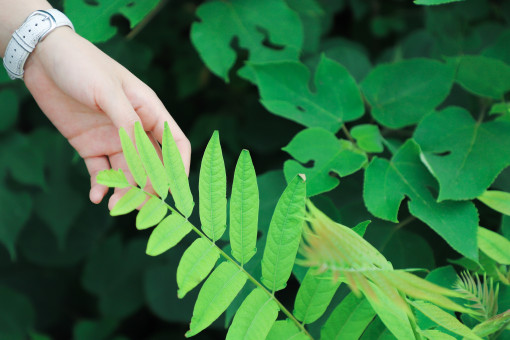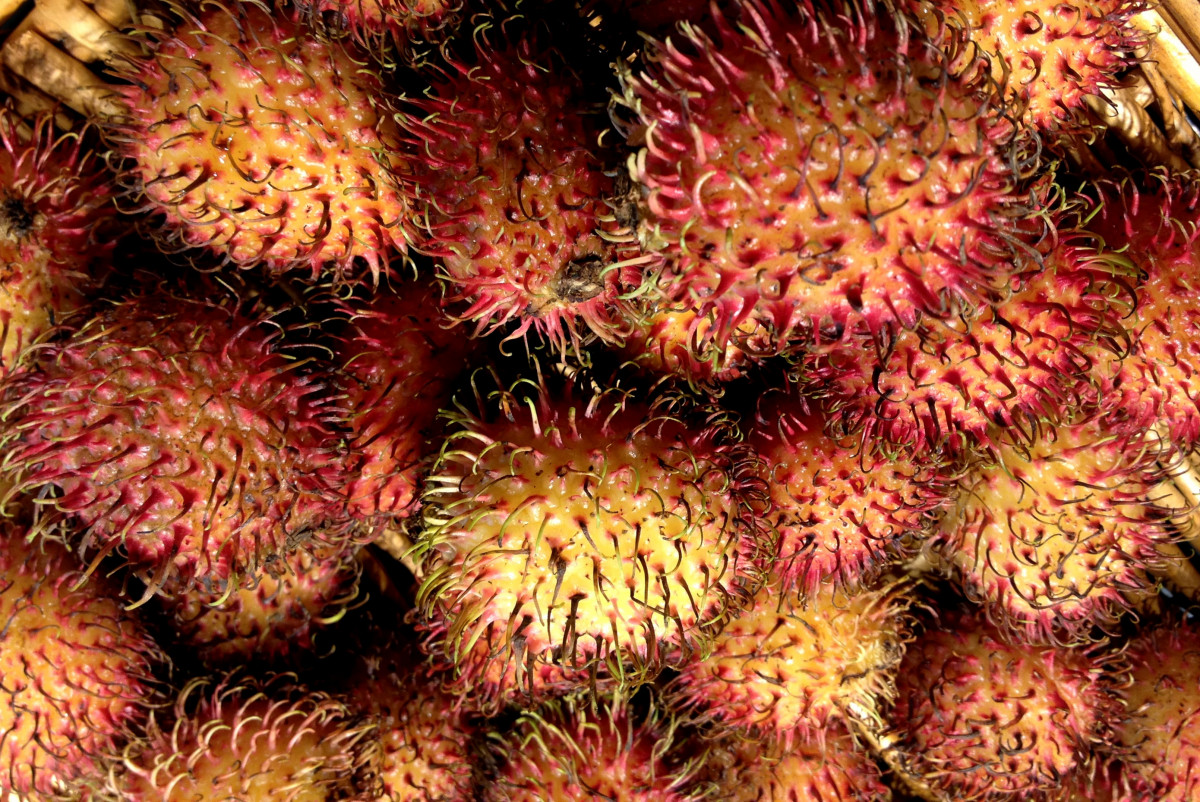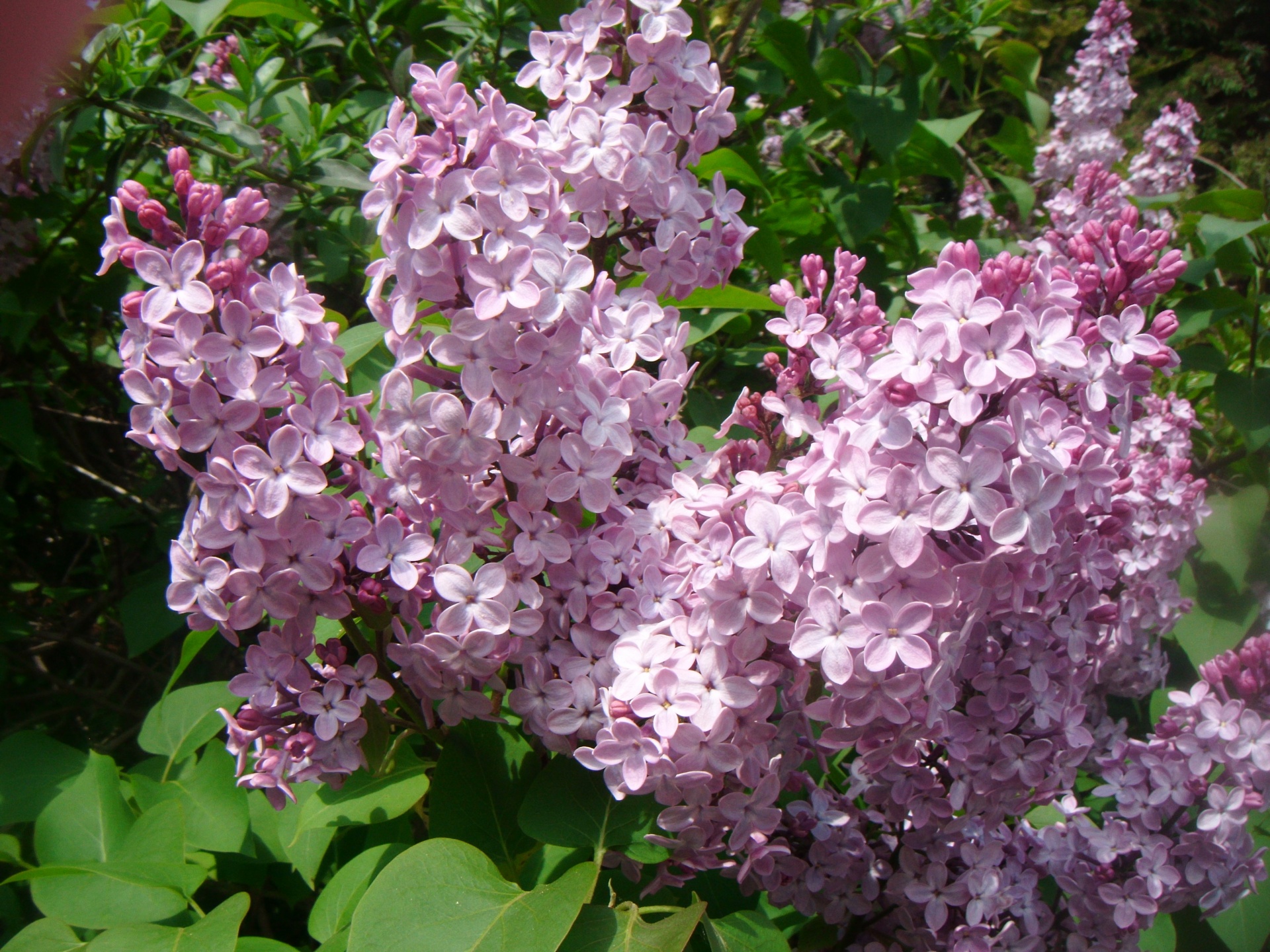
The Ideal Growing Zone for Moringa Trees
Moringa trees are gaining popularity among gardeners and tree enthusiasts due to their numerous health benefits and versatility. If you’re considering growing moringa trees in your garden, it’s essential to understand the ideal growing zone for optimal growth and yield.
Understanding Moringa Trees
Moringa trees, also known as the drumstick tree or horseradish tree, are native to tropical and subtropical regions. They thrive in warm climates and can tolerate a wide range of soil conditions. These trees are known for their fast growth, drought tolerance, and ability to regenerate even after severe pruning.
Moringa Growing Zone
The moringa tree is typically cultivated in USDA hardiness zones 9 to 11. This means that regions with an average minimum temperature of 20 to 40°F (-6.7 to 4.4°C) are suitable for growing moringa trees. These zones include parts of Southern California, Florida, Texas, and other southern regions of the United States.
Microclimates and Protection
If you live outside the optimal growing zone for moringa trees, don’t be discouraged! Moringa trees can still thrive in microclimates or protected areas within cooler zones. Consider creating a microclimate by planting the tree near a south-facing wall or using windbreaks to shield it from cold winds. Additionally, covering the tree with frost cloth or using a greenhouse can provide extra protection during freezing temperatures.
Starting Moringa Trees Indoors
Another option for gardeners in cooler climates is to start moringa trees indoors. By germinating seeds indoors and gradually acclimatizing the young trees to outdoor conditions, you can extend the growing season and provide a head start before transplanting them into your garden.
Caring for Moringa Trees
Moringa trees require well-draining soil and at least six hours of direct sunlight per day. They are adaptable to different soil types, including sandy, loamy, and clay soils. Regular watering is crucial during the first year, but mature trees can tolerate drought conditions. Pruning moringa trees regularly promotes a bushier growth habit and enhances overall productivity.
Conclusion
While moringa trees are ideally suited to USDA hardiness zones 9 to 11, they can still be cultivated in cooler zones through microclimates or indoor cultivation. By understanding the ideal growing conditions and providing appropriate care, you can enjoy the benefits of these remarkable trees in your garden. So, start exploring the world of moringa and create a green paradise right in your backyard!
Keep Reading

The Perfect Growing Zone for Rambutan Trees
If you're a fan of exotic fruit trees, you've probably heard of rambutan. Known for its deliciously juicy flesh and distinctive hairy exterior, rambutan is a tropical fruit that is sure to delight your taste buds.

Best Lilac Growing Zones for Your Garden
Lilacs, known for their beautiful and fragrant flowers, can add a touch of elegance to any garden. But before you plant them, it's important to know the best lilac growing zones to ensure their success.